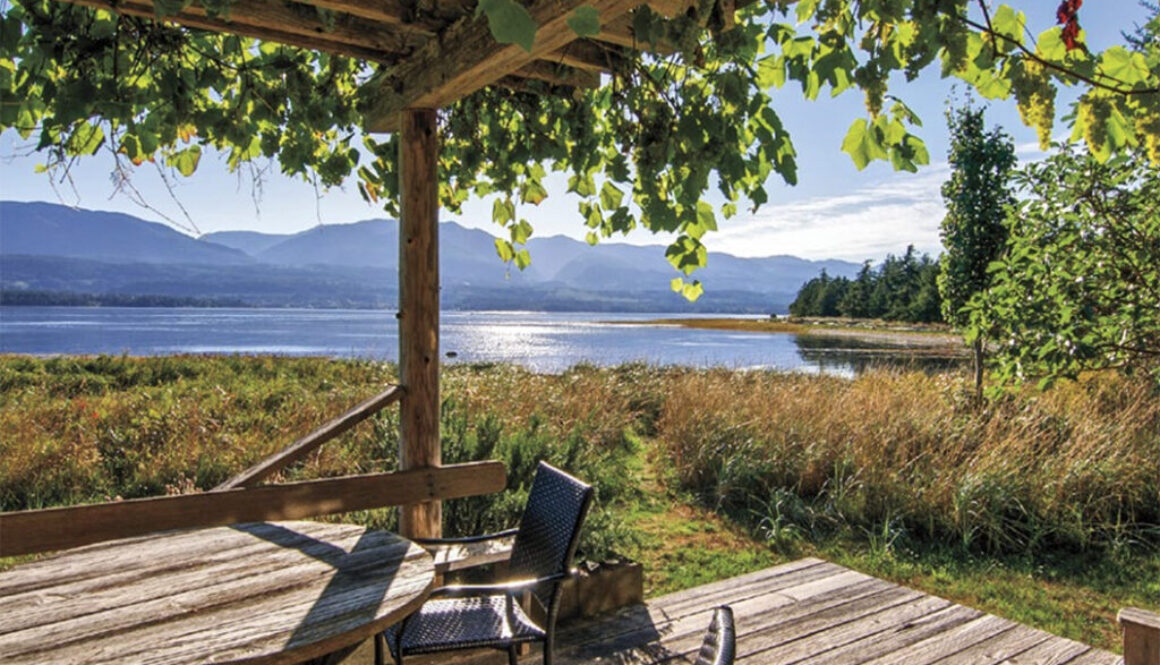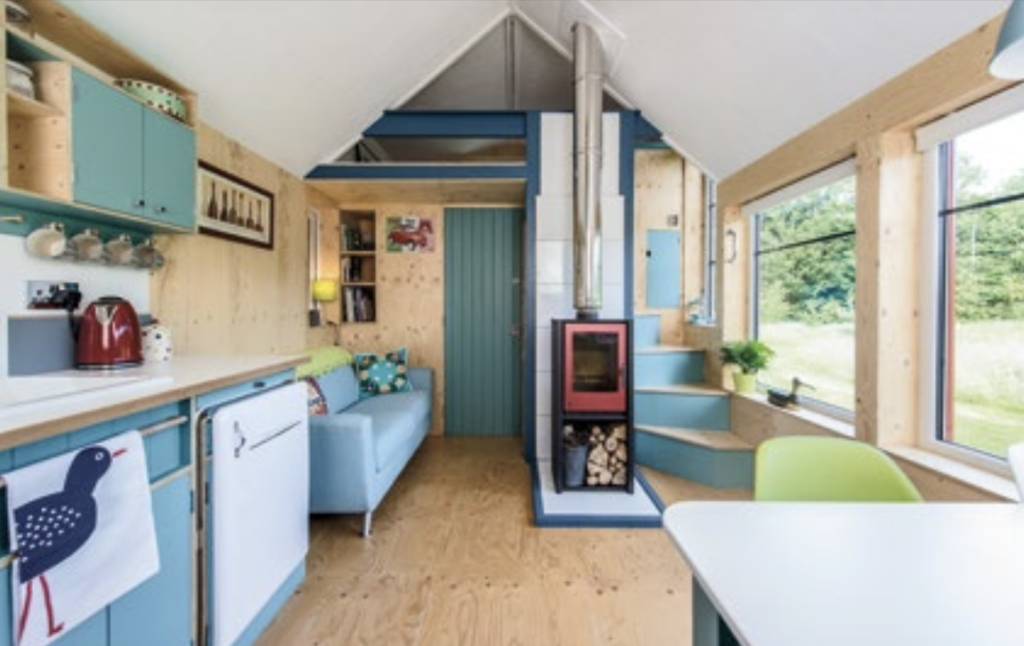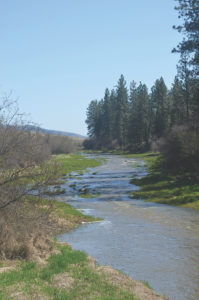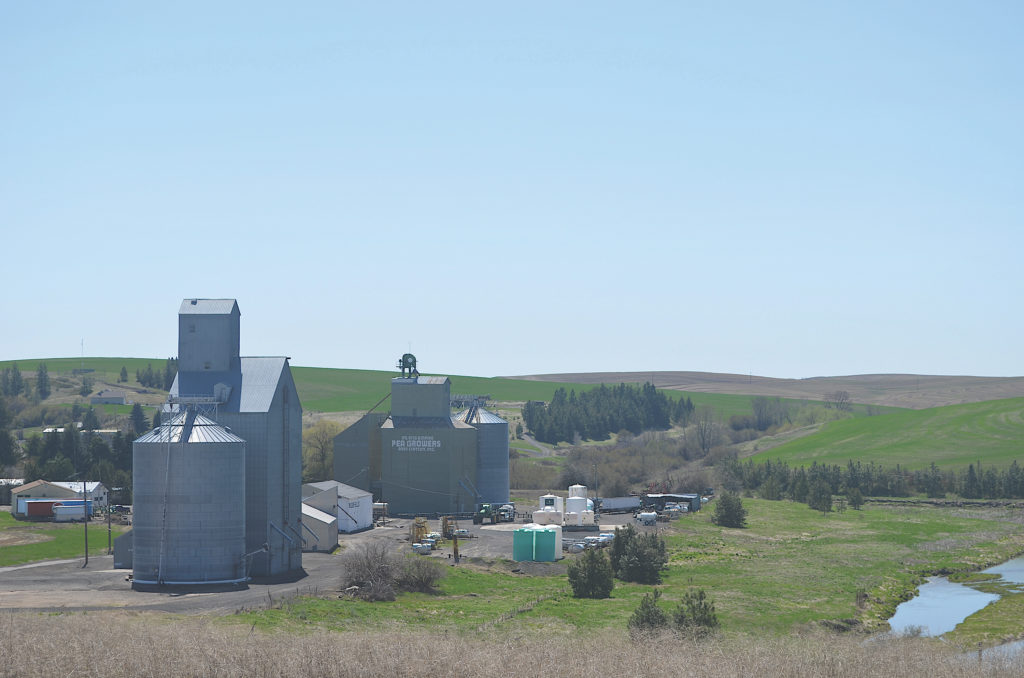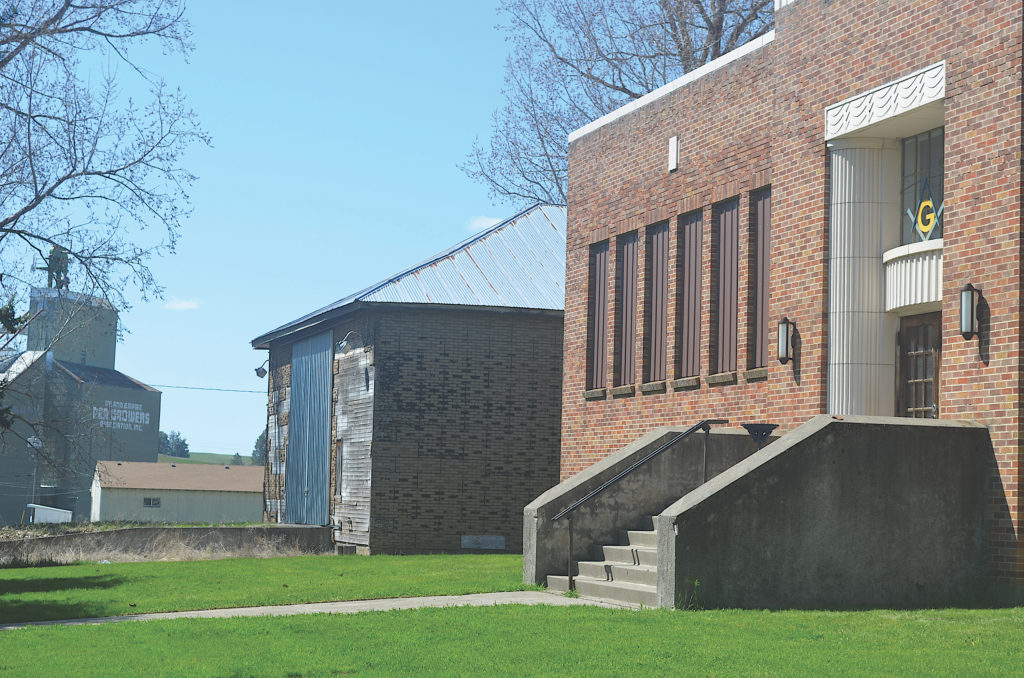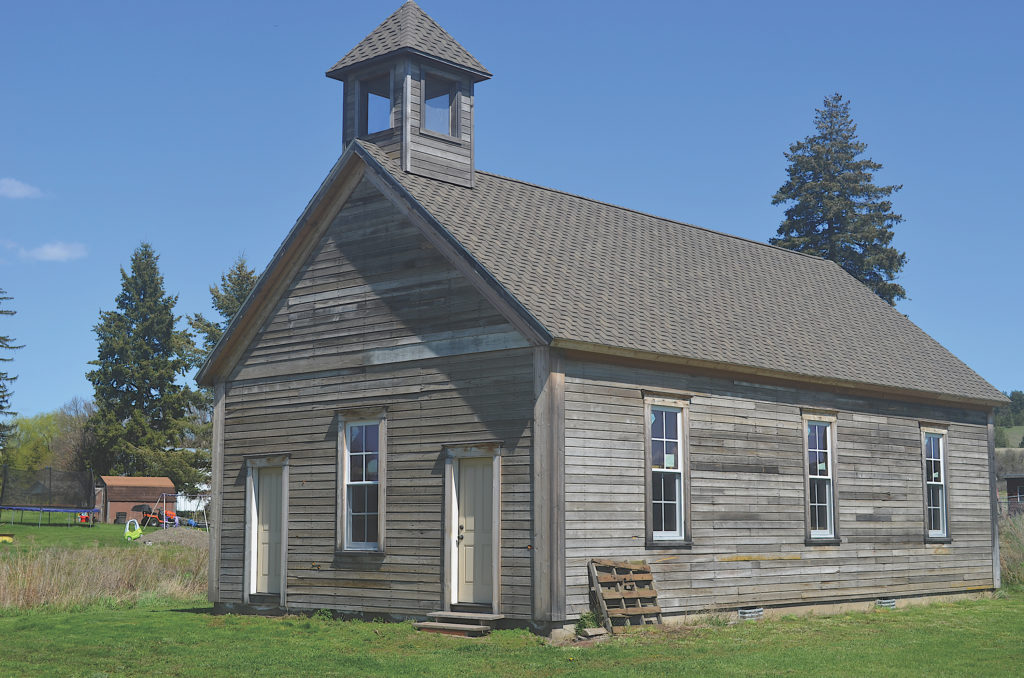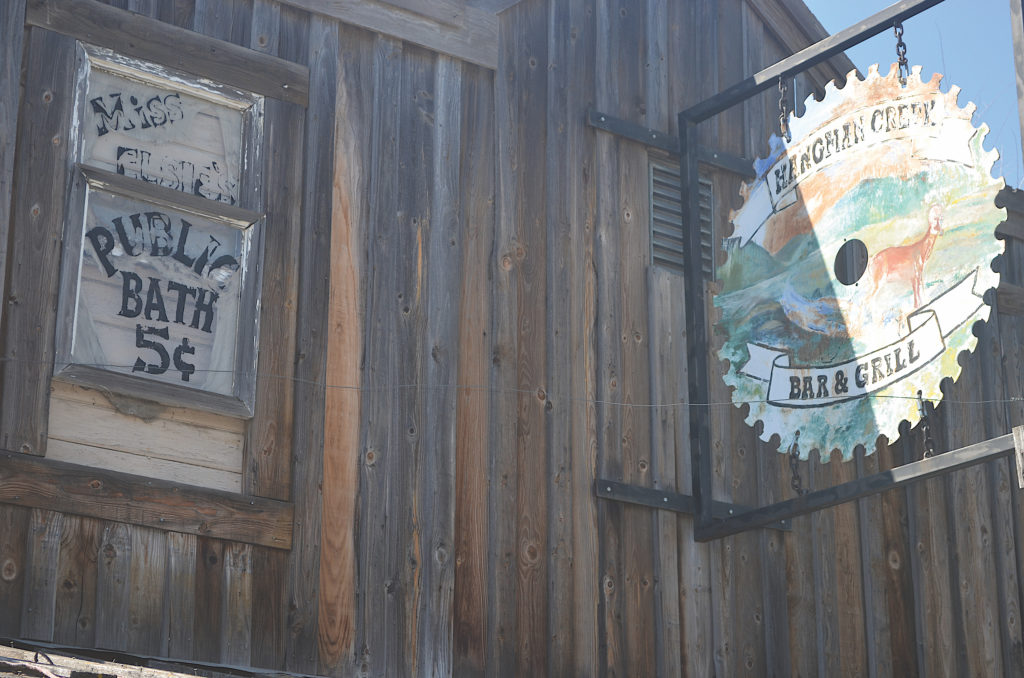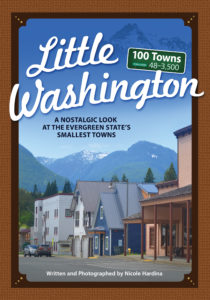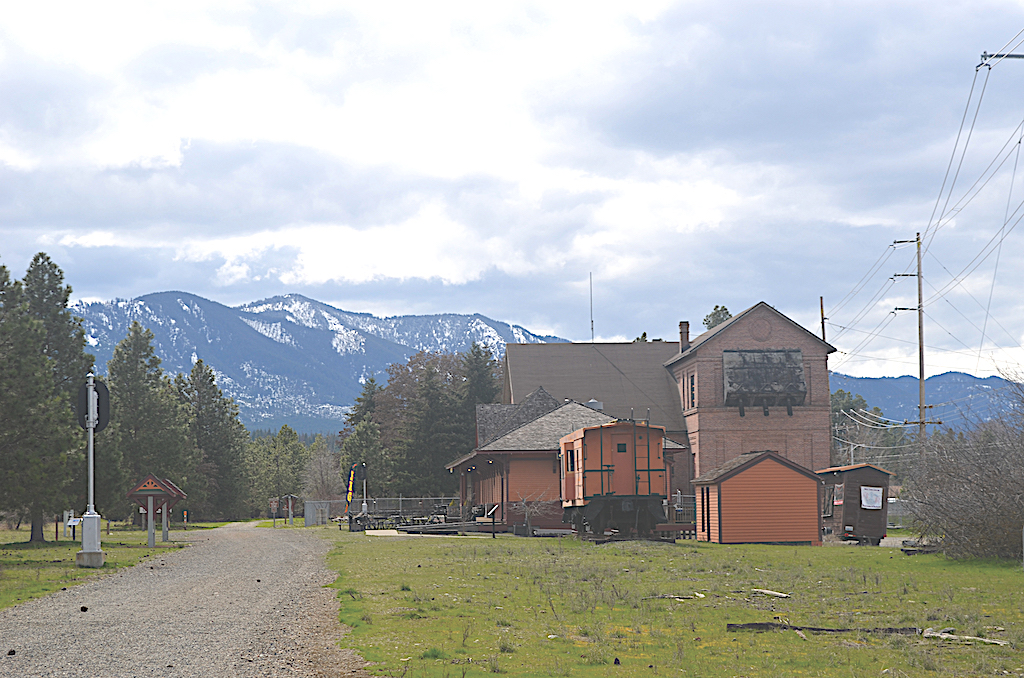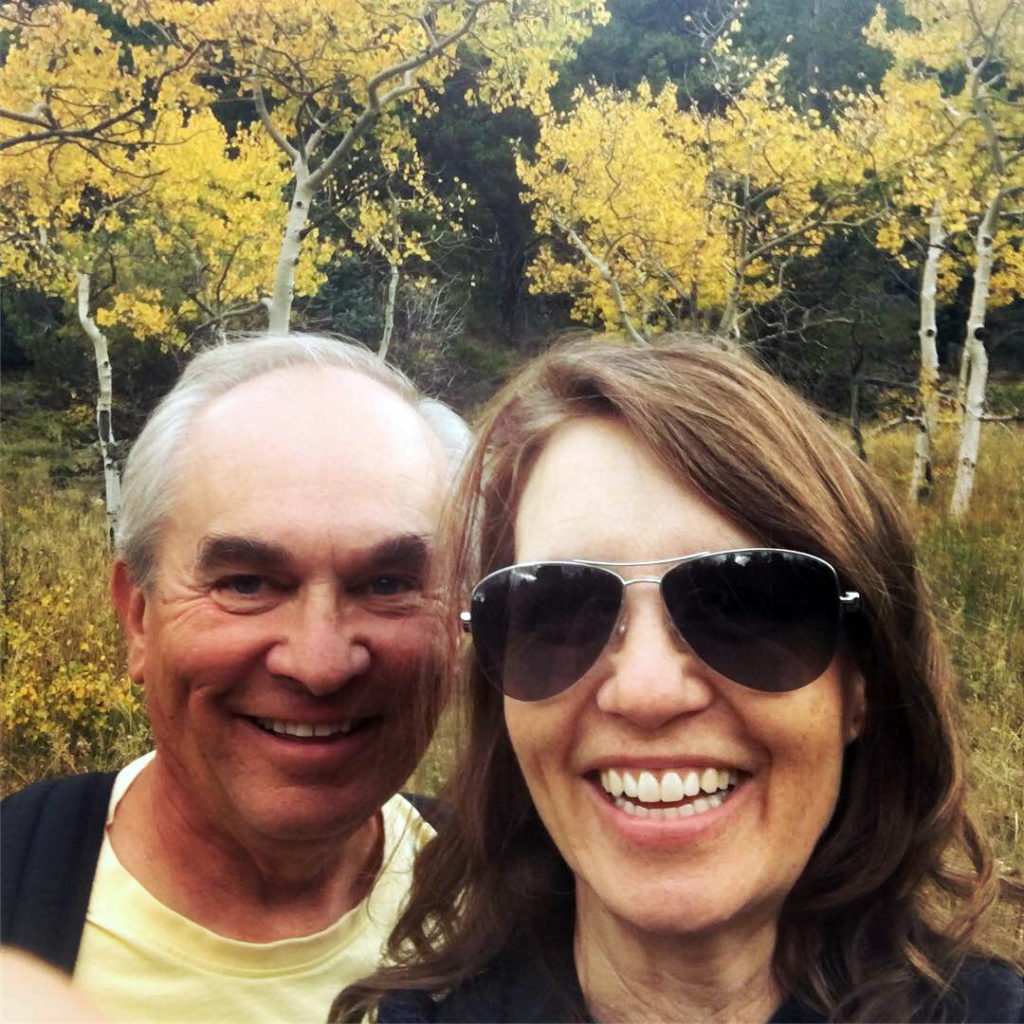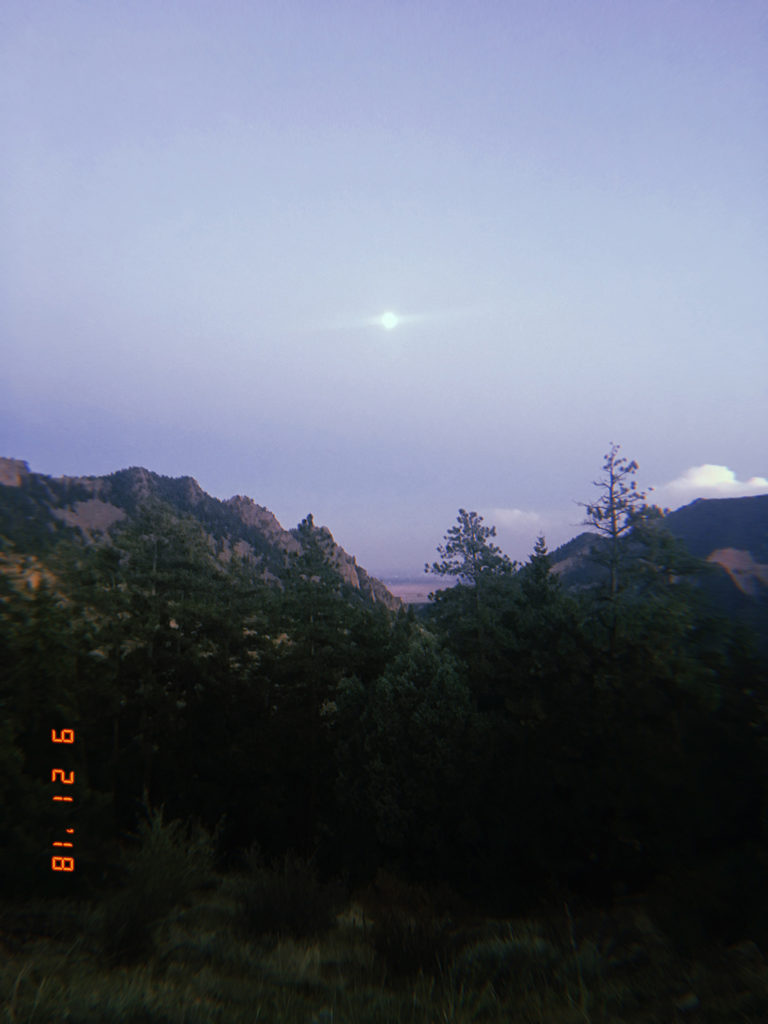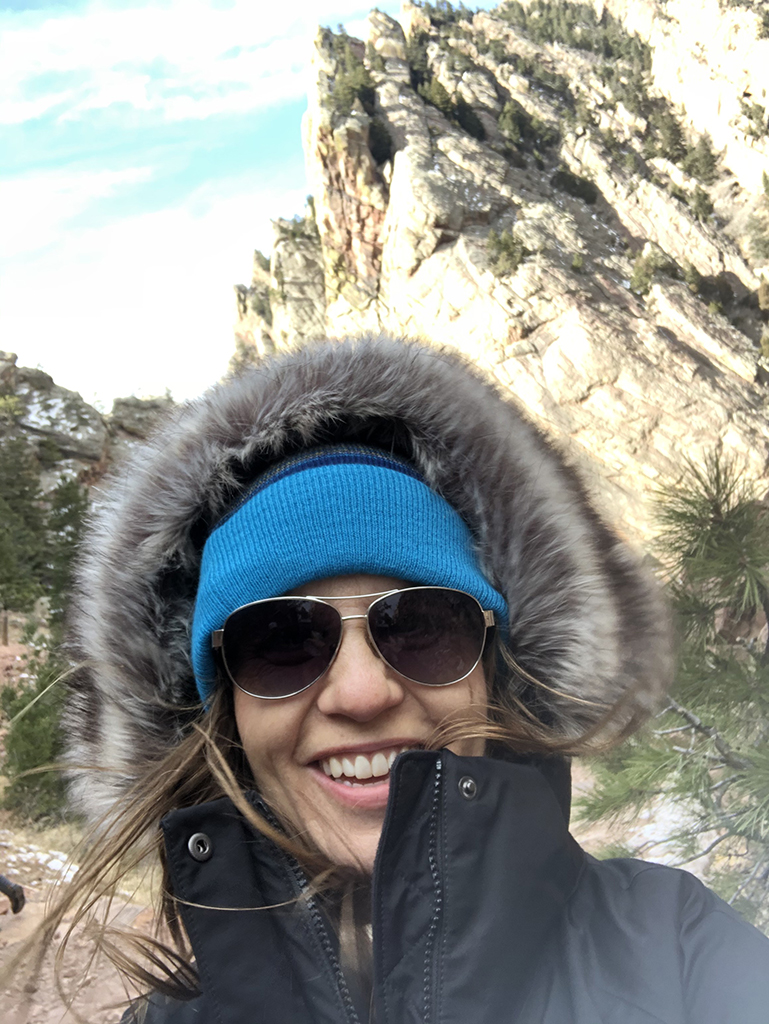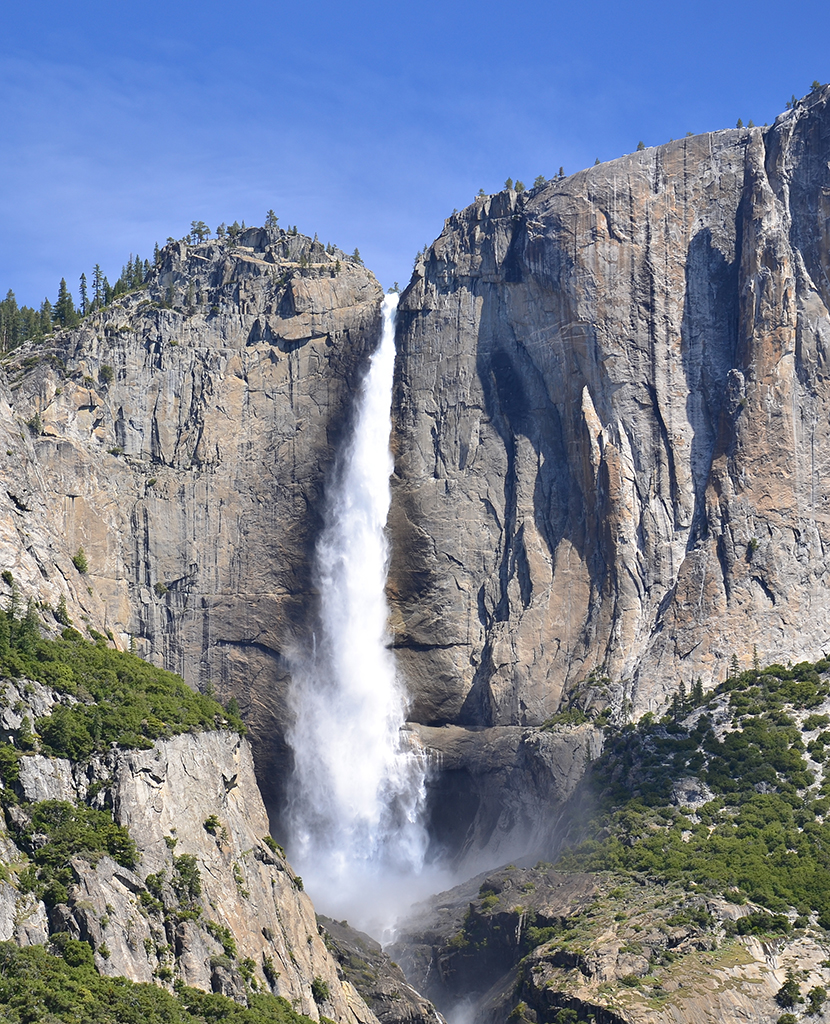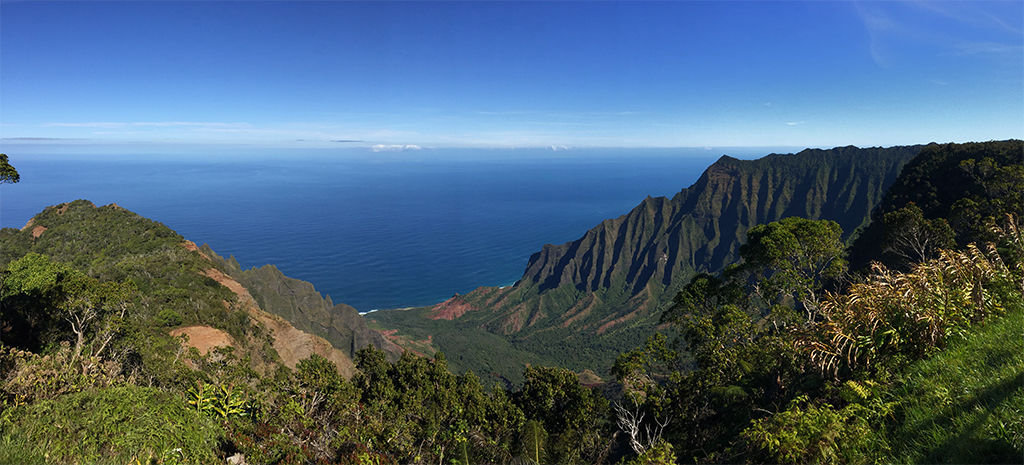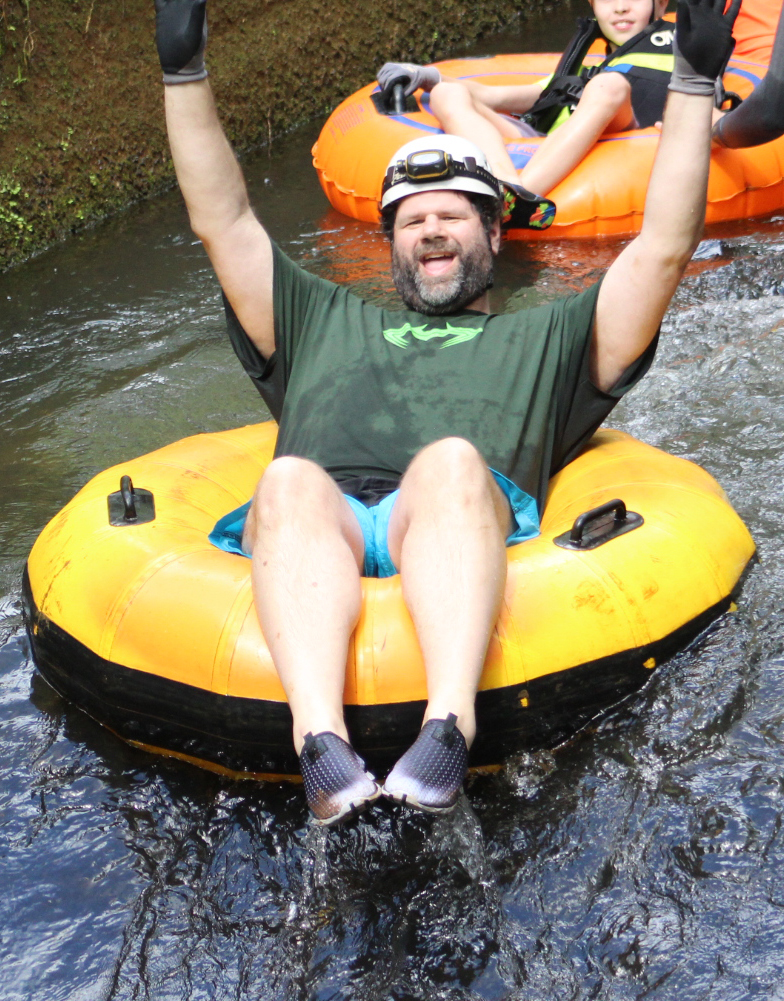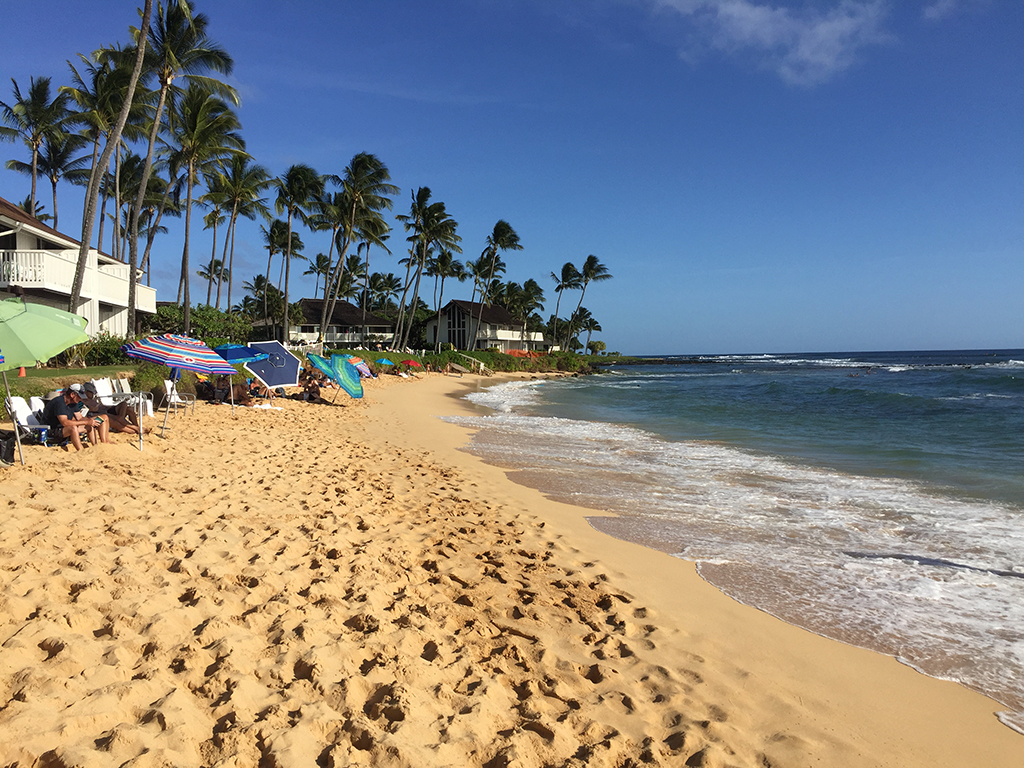Upgrade Your Halloween: Why Real Monsters and Ghosts Are a Must
As the air grows crisp and shadows lengthen, thoughts naturally turn to Halloween. It’s a time for carving pumpkins, watching horror movies, and telling spooky stories. But what if the most terrifying tales aren’t fictional? What if the scariest monsters are the ones lurking in America’s own backyards, documented in historical records and whispered about for generations?
This Halloween, it’s time to go beyond the slasher films and fictional ghouls by diving into the chillingly authentic world of American folklore. A compelling series of narrative nonfiction books offers a unique and deeply unsettling way to celebrate the spooky season. Titles like Monsters of the Pacific Northwest, Ghosts of the Wild West, and Ghostly Tales of Pennsylvania bring these legends to life.
More Than Just Myth: The Power of True Stories
What makes these books the ultimate in Halloween reading? They’re real. Each story is grounded in meticulously researched accounts, eyewitness interviews, and historical documents. The experience goes beyond simply reading about a monster; it allows readers to step into the encounter through the eyes of the person who lived it.
The terror of Jess, a deputy sheriff who comes face-to-face with a Sasquatch in the Cascade Mountains, is brought to life. The panic of a family in 1950s Kentucky as small, metallic-skinned beings terrorize their farmhouse feels immediate and real. These aren’t just campfire tales; they are documented events that blur the line between reality and the paranormal, making the fear all the more potent. From the dreaded Mothman of West Virginia to the elusive Caddy of the Pacific Coast, these stories tap into a primal fear of the unknown that is frighteningly close to home.
A Haunting for Every Hometown
One of the most compelling aspects of this series is its regional focus. With books dedicated to the misty forests of the Northwest, the sprawling plains of the Midwest, and the haunted hollows of the South, there’s a collection filled with legends from every corner of the country.
With titles including Monsters of the Midwest, Monsters of the South, and Ghosts of the Wild West, readers can explore the cryptids and ghosts that define local lore. Hearing about the Beast of Bray Road in Wisconsin or the chilling legend of the Bunny Man in Virginia transforms a familiar landscape into a place of mystery and dread. Reading about a haunting that happened just a few towns over is a uniquely terrifying experience that no Hollywood movie can replicate.
The Perfect Spooky Season Companion
As collections of short, narrative-driven accounts, these books are perfect for the Halloween season. A chilling tale of the Wendigo can be read aloud at a bonfire, the story of the Lake Worth Goatman can be shared at a Halloween party, or one can simply curl up under a blanket and journey through the haunted history of Eastern State Penitentiary.
This Halloween offers an opportunity to experience a different kind of fear—one rooted in the authentic, the documented, and the profoundly mysterious. These meticulously researched and masterfully told stories can become a new Halloween tradition. After all, the most enduring monsters are the ones that might actually be real.
Be sure to check out the full Hauntings, Horrors, & Scary Ghost Stories series wherever you order your books. Also, America’s Haunted Road Trip series.








